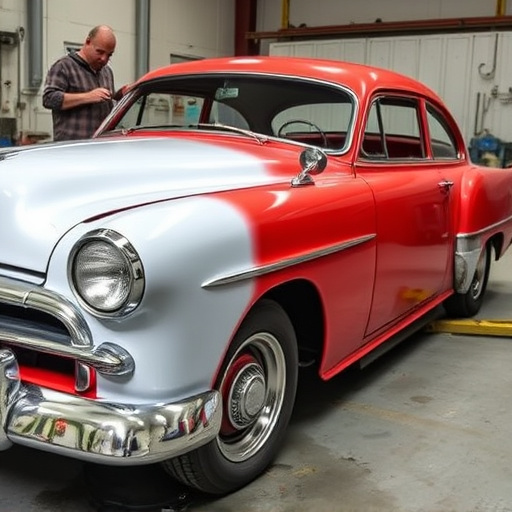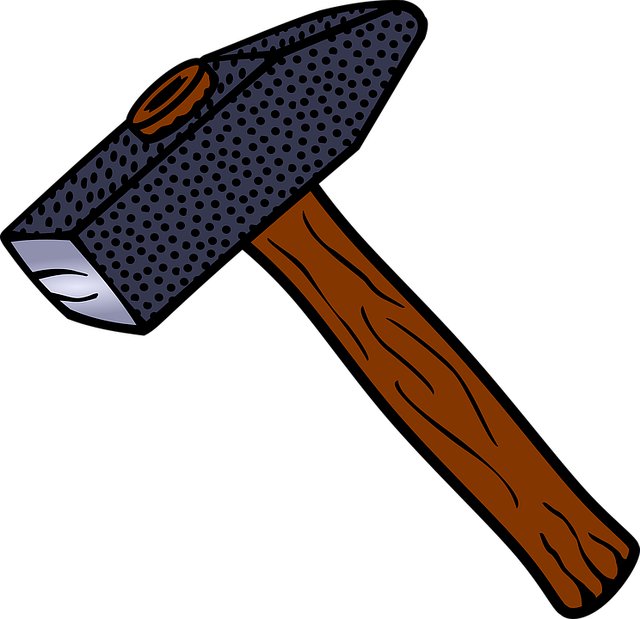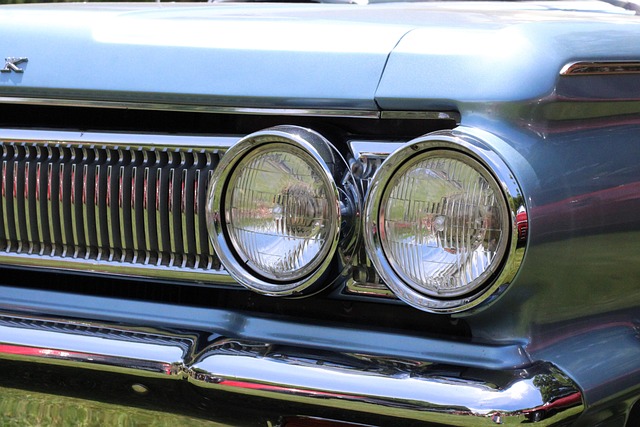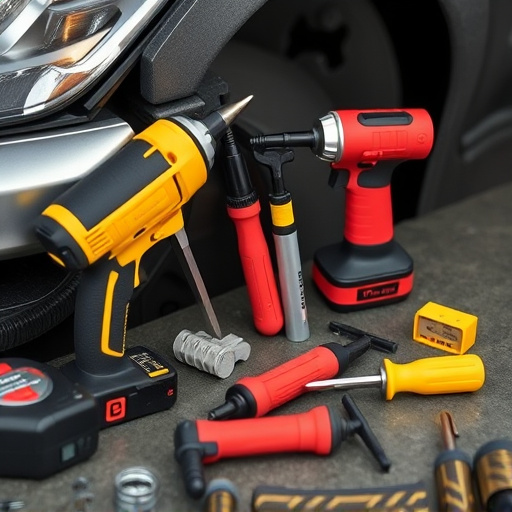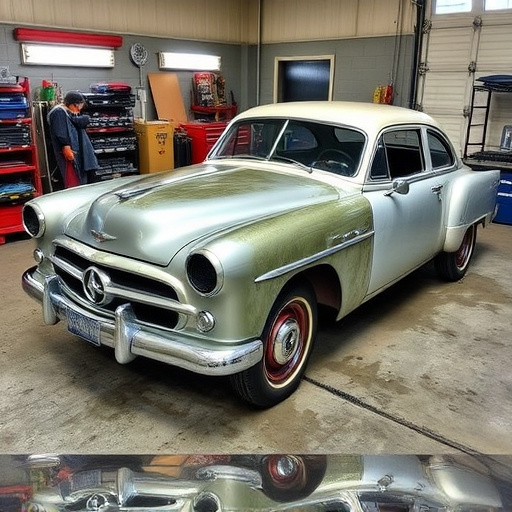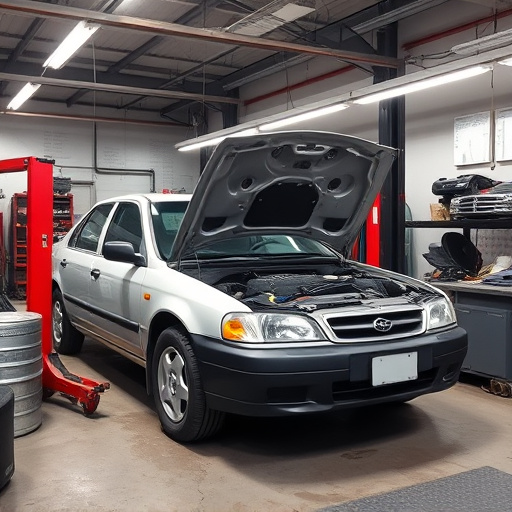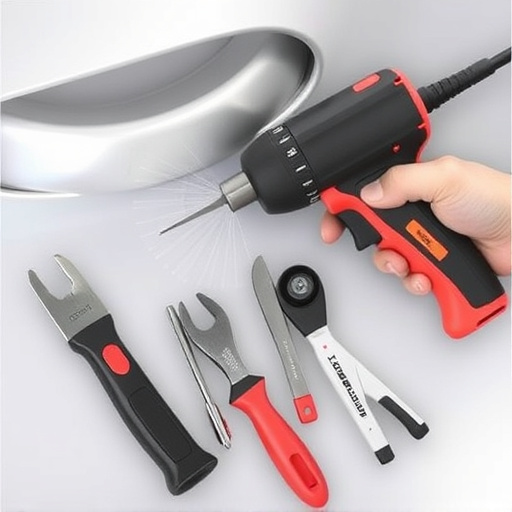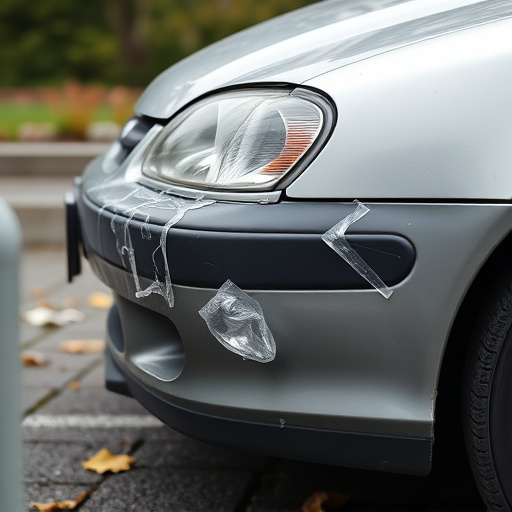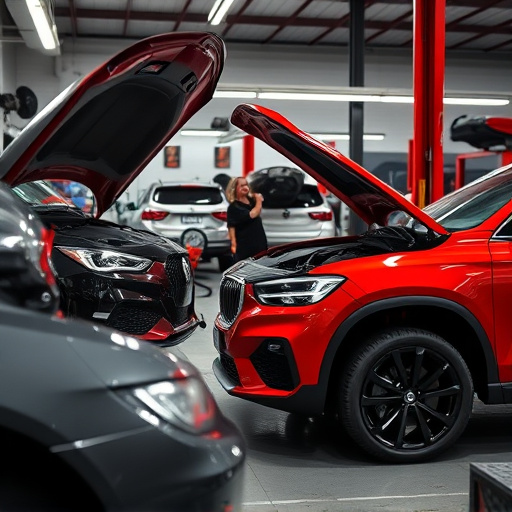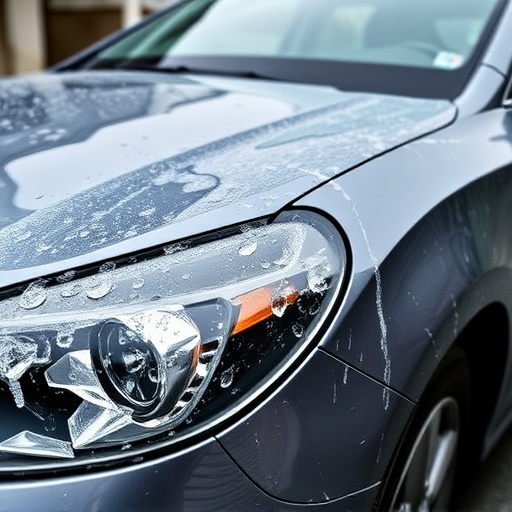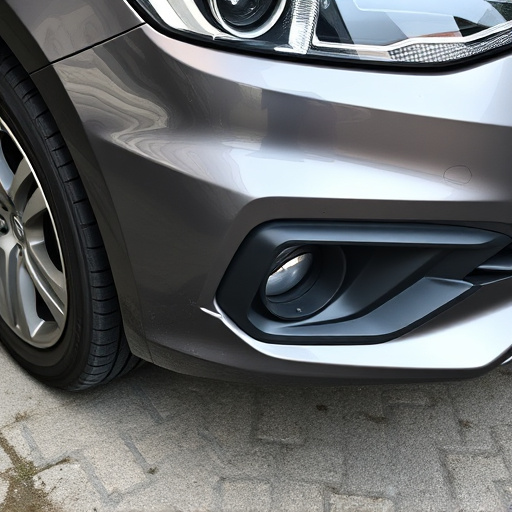Repair photo documentation is crucial in vehicle collision repair for legal protection and enhancing credibility. High-quality, multi-angled images, before-and-after comparisons, and detailed descriptions ensure transparency, reduce disputes, and support insurance claims, with electronic organization providing easy retrieval and security. Strict legal standards mandate comprehensive documentation to facilitate dispute resolution and fairness in the automotive industry.
In the realm of legal proceedings, detailed repair photo documentation is an indispensable tool. Capturing visually compelling evidence during restoration efforts can significantly impact insurance claims, litigation, and dispute resolution. This article explores the growing importance of repair photos in legal contexts, delving into why these visual records matter, the legal rulings shaping documentation requirements, and best practices to ensure admissible and persuasive evidence. By understanding these guidelines, professionals can navigate the legal landscape effectively.
- Capturing Essential Visual Evidence: Why Repair Photos Matter
- Legal Rulings and Their Impact on Photo Documentation Requirements
- Best Practices: Ensuring Admissible and Compelling Repair Documentation
Capturing Essential Visual Evidence: Why Repair Photos Matter
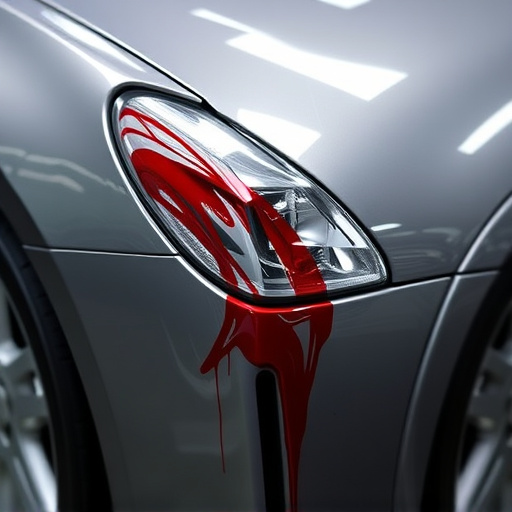
Capturing Essential Visual Evidence: Why Repair Photos Matter
In the realm of vehicle collision repair and frame straightening, repair photo documentation stands as a game-changer for vehicle repair services. Every crack, dent, and misalignment has its own story to tell—and so do the accompanying repair photos. These visual records are not just nice-to-have but are legally essential, acting as irrefutable evidence that supports the integrity of the repair process. When a customer trusts their vehicle to professional repair services, these images become critical in communicating the extent of damage and the meticulousness of restoration.
The significance of repair photo documentation goes beyond mere record-keeping. It facilitates transparent communication between the repair shop, insurance providers, and customers, ensuring everyone is on the same page regarding the state of the vehicle before, during, and after repairs. For instance, detailed photos can clearly demonstrate successful frame straightening processes, dispelling any doubts about the quality of work. In light of these considerations, it’s crucial for both repair shops and customers to prioritize repair photo documentation as a vital component in the vehicle collision repair process.
Legal Rulings and Their Impact on Photo Documentation Requirements
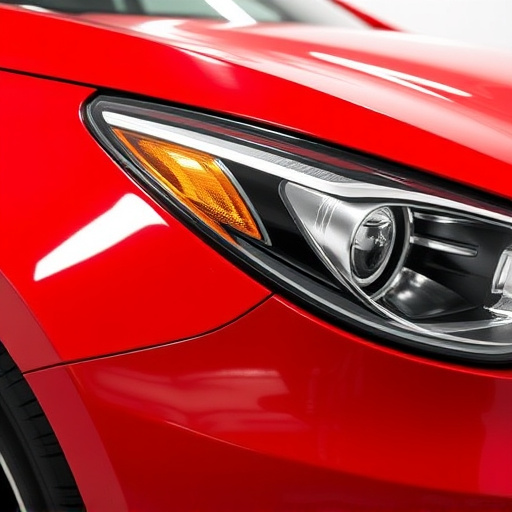
Legal rulings have significantly shaped the requirements for repair photo documentation, emphasizing its critical role in dispute resolution and insurance claims within the automotive industry. Courts worldwide have recognized that detailed visual records provide an unbiased account of damage, ensuring fairness and accuracy in legal proceedings related to vehicle dent repair or collision repair services. This has led to stricter guidelines, particularly in automotive repair, mandating not only comprehensive documentation but also specific standards for imaging quality, angle, and content.
These legal considerations ensure that repair photo documentation goes beyond mere visual representation, serving as a powerful tool in supporting claims, detecting discrepancies, and facilitating efficient settlements or trials. As such, professionals in the automotive sector must stay informed about evolving legal expectations to maintain the integrity of their work and protect their interests.
Best Practices: Ensuring Admissible and Compelling Repair Documentation
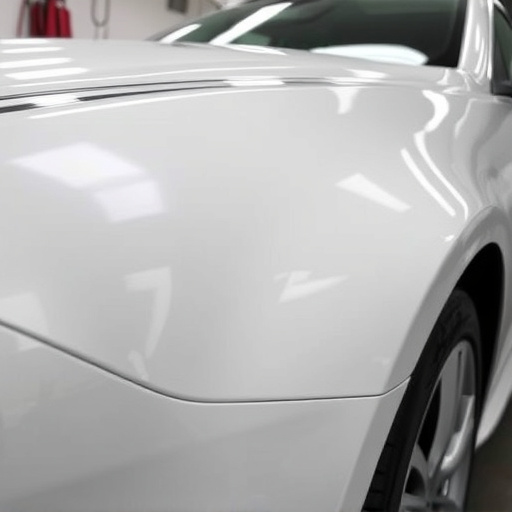
When it comes to repairing vehicles, whether it’s a simple bumper repair or more complex car bodywork services, meticulous documentation is key. Compelling repair photo documentation not only serves as a record of the damage and restoration process but also holds significant legal value. To ensure admissibility in court or for insurance claims, it’s crucial to follow best practices that outline clear and comprehensive procedures.
These best practices involve capturing high-quality images from various angles, documenting both the before and after states of repair, and including detailed descriptions of each step taken during the collision repair services process. It is also essential to organize and store these documents electronically, ensuring they are easily retrievable and secure. By adhering to these guidelines, repair shops can fortify their evidence, enhancing their credibility and potentially reducing disputes related to the quality of work performed in car bodywork services.
Detailed repair photo documentation is an indispensable tool in legal proceedings, ensuring that the integrity of vehicle damage assessments is maintained. By adhering to best practices and staying informed about legal requirements, professionals can create compelling evidence that stands up in court. Capturing accurate, organized, and relevant visual data not only protects the rights of all parties involved but also facilitates fair and efficient insurance claims processes. In a world where digital documentation is becoming increasingly standard, staying proactive in adopting effective repair photo documentation strategies is crucial for legal precision and professional credibility.
